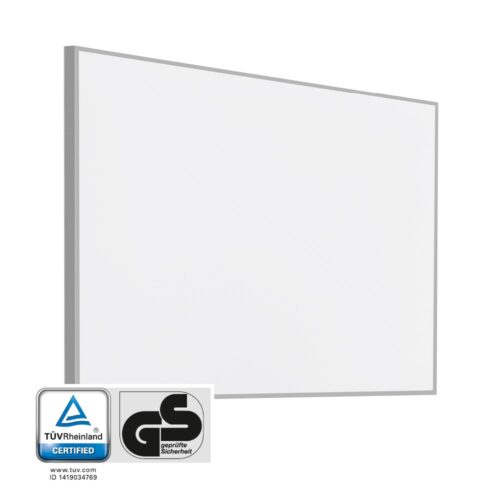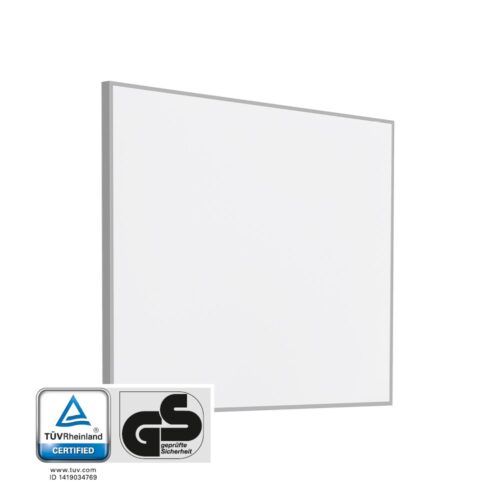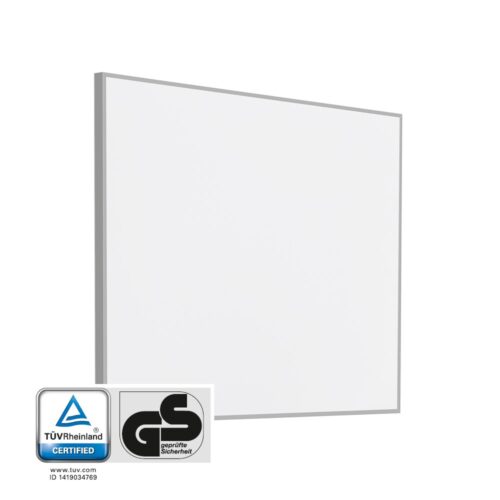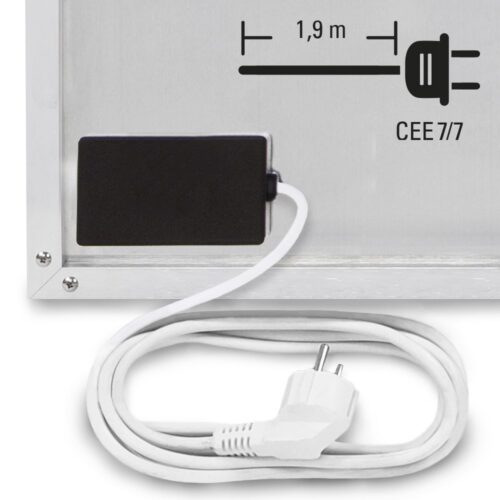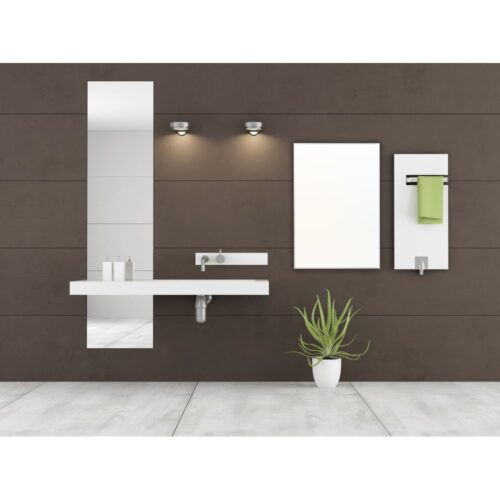High ceilings make heating a space more of a challenge and a financial burden. High-ceilinged rooms provide a problem to standard convection heaters due to the vast volume of air retained inside their walls, and this is true whether you’re trying to heat a high-ceilinged Victorian terrace, a large community hall, a church, a stairwell, or a school gym.
High ceilings make heating a space more of a challenge and a financial burden. High-ceilinged rooms provide a problem to standard convection heaters due to the vast volume of air retained inside their walls, and this is true whether you’re trying to heat a high-ceilinged Victorian terrace, a large community hall, a church, a stairwell, or a school gym.
The air in a room is warmed by a convection heater as it circulates. When the temperature in a room rises, the hot air will rise and the cooler air will fall. Only until all the air in the room has been heated will everyone be comfortable. Though the ceiling is double the height, heating the room will take twice as long and use twice as much electricity, even if the space being heated is the same size.
The most effective solution to this issue is the installation of infrared panels. Due to the fact that they only use radiated heat, you are able to use your panels to direct heat to the areas that require it. You can install panels at ground level and keep everyone comfortable for a fraction of the cost.

